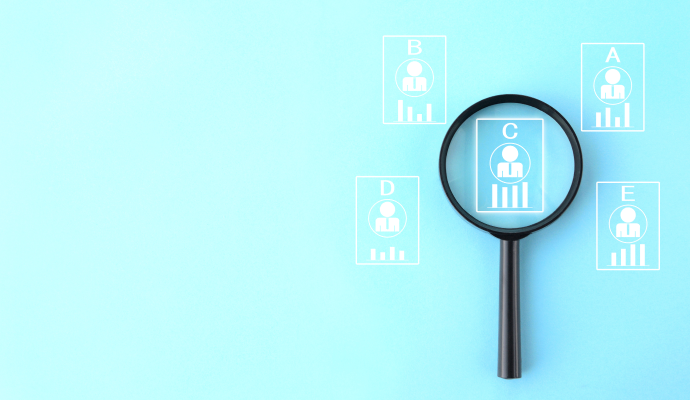Healthcare Employment, Spending Continues to Grow in 2023
National healthcare spending rose by 4.6 percent compared to last year, while healthcare employment growth was driven by hospitals, which added 19,400 jobs in February 2023.

Source: Getty Images
- Healthcare employment has continued its steady growth in 2023, with the industry adding 44,200 jobs in February, according to Altarum’s March Health Sector Economic Indicators briefs.
Healthcare job growth in February was consistent with the 2022 average of 46,300 jobs added per month. Employment growth was led by hospitals, which added 19,400 jobs. Nursing and residential care facilities added 13,700 jobs and ambulatory settings added 11,100 jobs.
Compared to February 2020, just before the COVID-19 pandemic hit, healthcare employment overall is up by 1.3 percent or 207,000 jobs. However, the comparisons vary among different settings.
Hospital employment is up by just 0.8 percent or 42,000 jobs from February 2020, while ambulatory care employment has increased by 5.6 percent or nearly 440,000 jobs. Nursing and residential care settings are down by more than 270,000 jobs or 8.1 percent compared to three years ago.
As of February 2023, ambulatory care settings represent 49.8 percent of all healthcare jobs, nursing and residential care jobs account for 18.6 percent of jobs, and hospital employment represents 31.6 percent of jobs.
Since the middle of 2022, healthcare wage growth has been declining and is now below economywide wage growth. In January 2023, healthcare wages increased by 4.2 percent year-over-year compared to 4.4 percent wage growth in the private sector.
The Altarum briefs also provided insight into healthcare spending and healthcare price growth.
In January 2023, national health spending rose by 4.6 percent year-over-year to an annual rate of $4.53 trillion. Personal healthcare spending grew by 6.3 percent.
Spending increased the fastest for dental services (10.6 percent), home healthcare (9.4 percent), and nursing home care (9.2 percent). Physician and clinical services spending increased the least, rising by 3.5 percent.
Healthcare spending accounted for 17.2 percent of the nominal gross domestic product (GDP). GDP growth continues to exceed healthcare spending growth, with the nominal GDP in January 2023 being 7.4 percent higher than in January 2022.
The Health Care Price Index (HCPI) grew 2.7 percent year-over-year in February 2023. The HCPI growth rate has remained around 2 and 3 percent year-over-year for 17 of the most recent 18 months, the brief noted.
Healthcare prices paid for by private insurance increased by 4.1 in February, while Medicare prices were down by 2 percent year-over-year.
Prices for dental care rose 6.6 percent and nursing home care prices grew by 5.6 percent. Meanwhile, prices for physician services and home healthcare services saw slower growth of 0.6 percent and 1.9 percent, respectively.
Healthcare utilization was up 3.7 percent year-over-year in January, with home healthcare use growing 7.5 percent and prescription drug utilization increasing by 5.3 percent.
